
Starting June 1st, 2023 Our warehouse fee will be $0.65/cubic foot per month
In effort to lower the warehouse storage fee during inflation, we have went narrow aisle racking.This construction took us four months but the project is finally completed. With narrow aisle racking, we are able to drop storage by 24%.We as partners will go through this inflation together.
10/12/2023
In the world, bills of lading or B/L are foundational documents that play a critical role in the movement of goods. Whether you are a seasoned logistics professional or just starting to explore the intricacies of the industry, understanding bills of lading is essential. In this comprehensive guide, we will delve into the concept of bills of lading, their importance, types, and how they function in the logistics ecosystem.
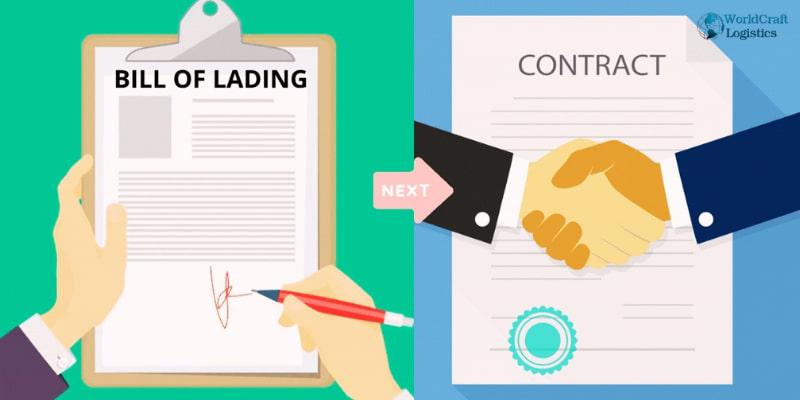
A Bill of Lading (BoL or B/L) is a legal document used in the shipping and logistics industry. It serves as a detailed receipt issued by a carrier (such as a shipping company or freight forwarder) to the shipper (the entity sending the goods) for the goods being transported. Essentially, it is a contract between the parties involved in the shipment, outlining crucial information about the cargo and the terms of its transportation.
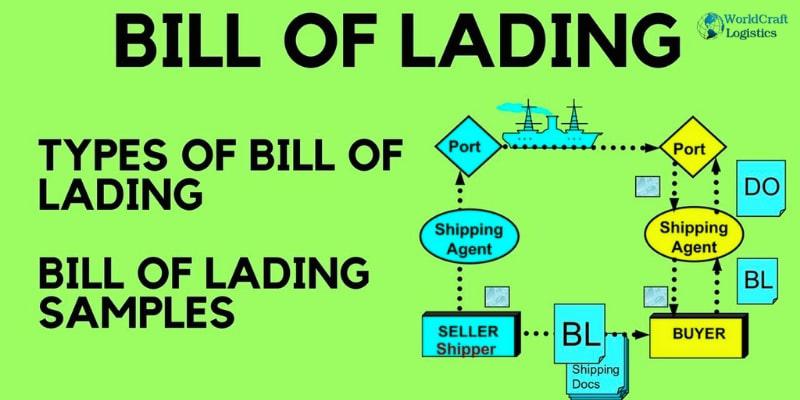
The specific content of a bill of lading can vary depending on the type of BOL and the terms of the shipping and business arrangement. However, a typical bill of lading typically includes the following information:
Shipping Line Information: This section provides details about the shipping company responsible for transporting the goods.
Shipping Bill Number and Date: It includes the unique identification number for the shipping bill and the date it was issued.
Shipper and Receiver Details: The bill of lading includes the name and address of both the shipper (the sender) and the receiver (the recipient) of the goods. It also provides contact information for these parties and may include the date to aid in shipment tracking.
Purchase Order or Reference Number: This section often contains a purchase order number or a similar reference number. This helps in cross-referencing the agreed-upon terms and conditions, such as delivery terms and cost allocation.
Special Instructions: This is a crucial part of the bill of lading, containing additional service requests, specific terms and conditions, and reminders for the carriers.
Description of Goods: This section provides a detailed description of the goods being shipped. It includes information about the units, their dimensions, weight, and content details.
Packaging Details: Information about the packaging used for shipping, including details about cartons, crates, pallets, drums, or other containers.
Freight Classification: This indicates the classification of the shipment, which determines the cost of transportation.
Hazardous Shipment Indication: If the shipment contains hazardous materials, this section will indicate it for safety and handling purposes.
Signature and Initials: The bill of lading is typically signed or initialed by the relevant officers involved in the shipping process.
Please note that the specific format and content of a bill of lading can vary, but these are common elements found in most bills of lading to ensure the proper documentation and handling of shipments.
Related knowledge articles you should see:
What is a supplier? Key roles and guidance for supplier connection management
What is FIFO in SCM? Definition and EFFECTIVE USE for businesses
A Bill of Lading serves as concrete evidence that the goods have been received by the carrier in the stated condition and are ready for transport. This proof of shipment is vital for both the shipper and the recipient.
In many cases, especially in international trade, a Bill of Lading can function as a negotiable instrument. It represents the title of ownership to the goods, allowing for their transfer to other parties through endorsement and delivery.
Bills of Lading outline the terms and conditions of the transportation contract. In case of disputes or discrepancies, this legal document can serve as protection and evidence in resolving issues.
Each of these types of bills of lading has slight differences that are applicable to standard bills of lading. The difference depends on the transferability of the BOL (negotiable vs. non-negotiable), the payment status of the goods in the shipment, the condition of the goods, and the mode of transportation used. Common types of bills of lading are:
This type is non-negotiable and is typically used when the goods are pre-paid, and the carrier is instructed to deliver them to a specific recipient.
An order Bill of Lading is negotiable, meaning it can be transferred to another party through endorsement. This type offers more flexibility in the transfer of ownership.
Unlike a traditional Bill of Lading, a Sea Waybill is non-negotiable and is used for shipments where there is no requirement for a physical, original document to claim the goods.
This document covers the entire transportation journey, including multiple modes (e.g., sea, rail, and truck). It simplifies the process for the shipper by consolidating all transport under a single contract.
A Bill of Lading includes a detailed description of the cargo being shipped, including its quantity, weight, dimensions, packaging, and any special handling instructions.
It specifies the agreed-upon terms between the shipper and the carrier, such as the freight charges, delivery location, and payment terms.
The document identifies the carrier responsible for transporting the goods and provides contact details.
A Bill of Lading is typically signed by the carrier to acknowledge the receipt of the goods. The date of issuance is also recorded.
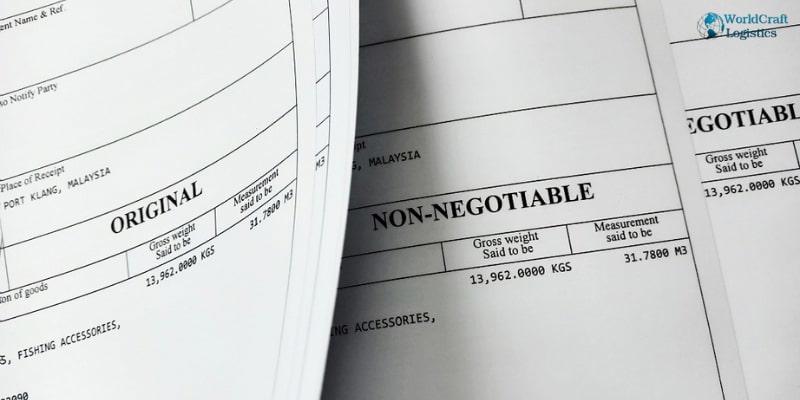
Since there was no other way to identify the shipper and consignee parties at the time when bills of lading were developed, they were utilized to increase shipment accuracy in the freight sector. But now that shippers have access to tools like load planning, route optimization, and proof of delivery, there are other, more efficient ways to accomplish this goal besides relying just on your bill of lading. (In this section we take a specific example which is the order management application of Worldcraft Logistics)
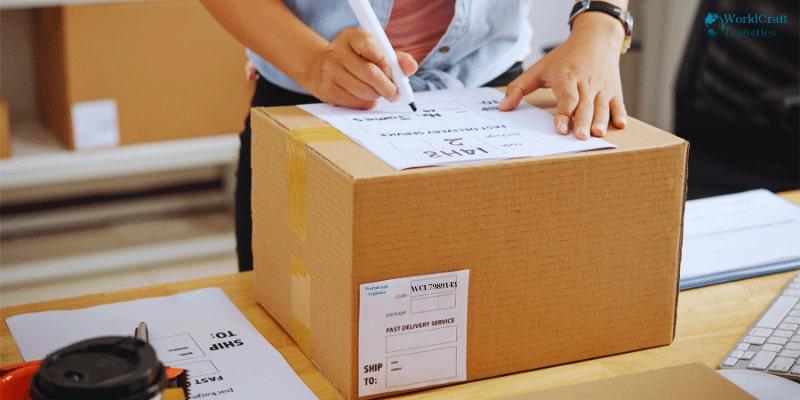
When you deliver your loads directly depends on how you plan them. By taking into account elements like weight and capacity restrictions of your trucks, load planning systems help optimize loads across your fleet. When you plan delivery routes, load planning helps you to expedite the process while also increasing shipping accuracy.
Worldcraft Logistics lets you specify which vehicle capacity factors you’d like to plan your loads around. In the Settings > Administration section of your Worldcraft Logistics dashboard, you can indicate whether you’d like to plan your loads based on weight of the orders, number of orders, number of pallets, or number of boxes that can be loaded on each vehicle in your fleet.
Having visibility over your fleet while they deliver your shipments is another approach to increase shipping accuracy. You can see which of your drivers are delivering shipments on time and which of your drivers may be delayed using tools like Live Estimated Time of Arrival (ETA). Your dispatchers can ask a driver if there are any problems or if they need any assistance if they are frequently significantly behind schedule. Your team may address driver issues that they might not have identified right away or much more slowly thanks to Live ETA.
You won't always be able to take the initiative to address problems in the field before they have an impact on your delivery. By comparing planned routes with the actual paths that drivers traveled, breadcrumbs allow you to give corrective comments after deliveries are complete.
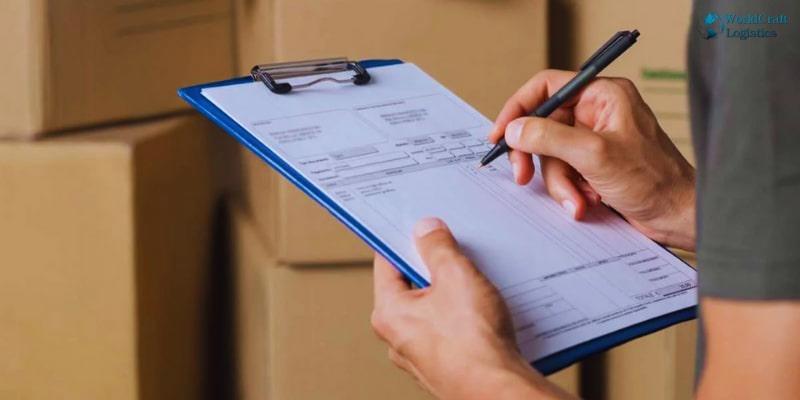
Conclusion, the bill of lading serves as the foundation to ensure the smooth and safe transportation of goods. Understanding their importance, types and functions is vital for anyone involved in transportation and logistics. These documents of Worldcraft Logistics LLC not only provide proof of shipment but also provide legal protection and facilitate the transfer of ownership, making them an indispensable component of the freight industry.
SEO
Digital Marketing/SEO Specialist
Simon Mang is an SEO and Digital Marketing expert at Wordcraft Logistics. With many years of experience in the field of digital marketing, he has shaped and built strategies to effectively promote Wordcraft Logistics' online presence. With a deep understanding of the logistics industry, I have shared more than 500 specialized articles on many different topics.

Education
01/05/2025

Education
02/18/2025

Education
01/01/2024

Education
08/28/2024
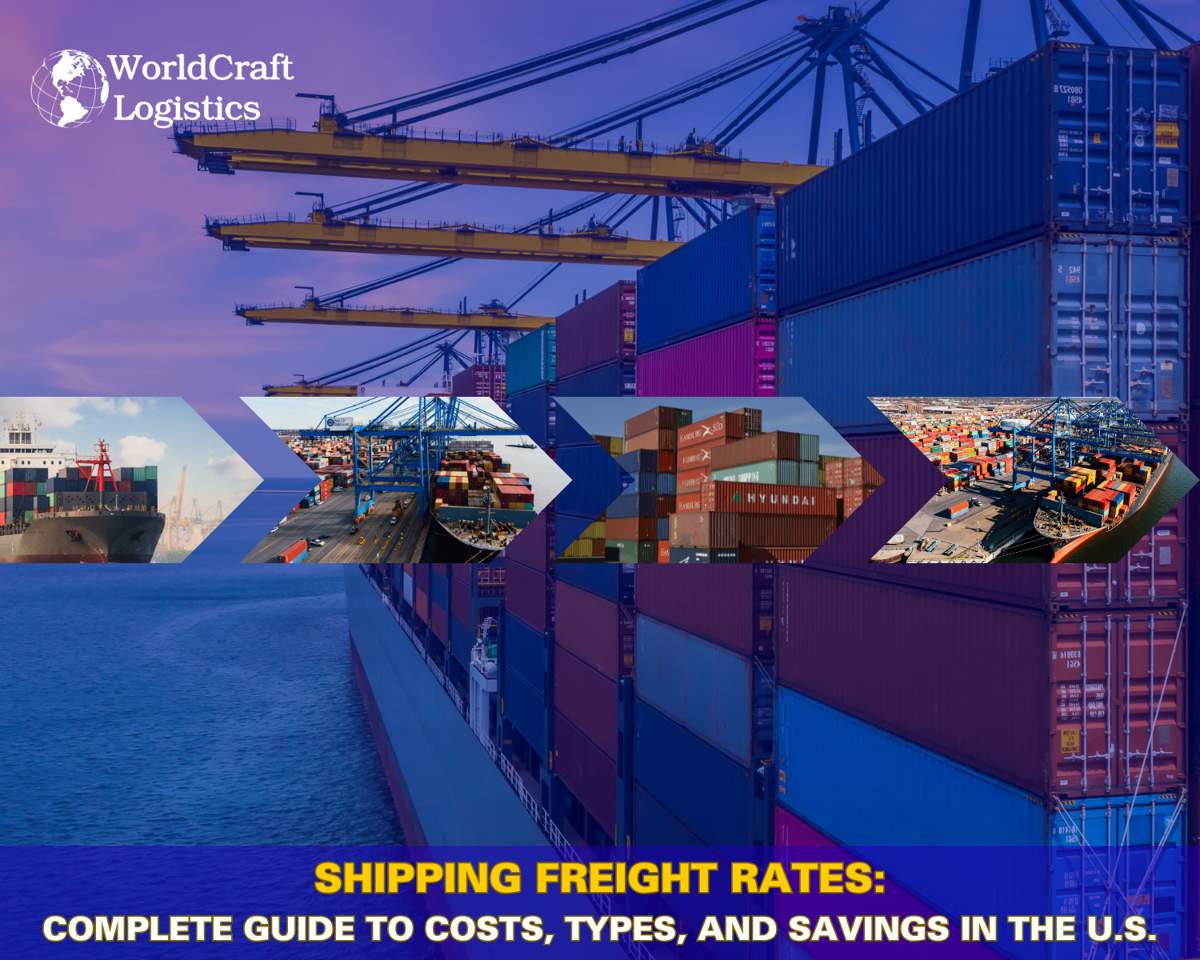
Education
09/09/2025